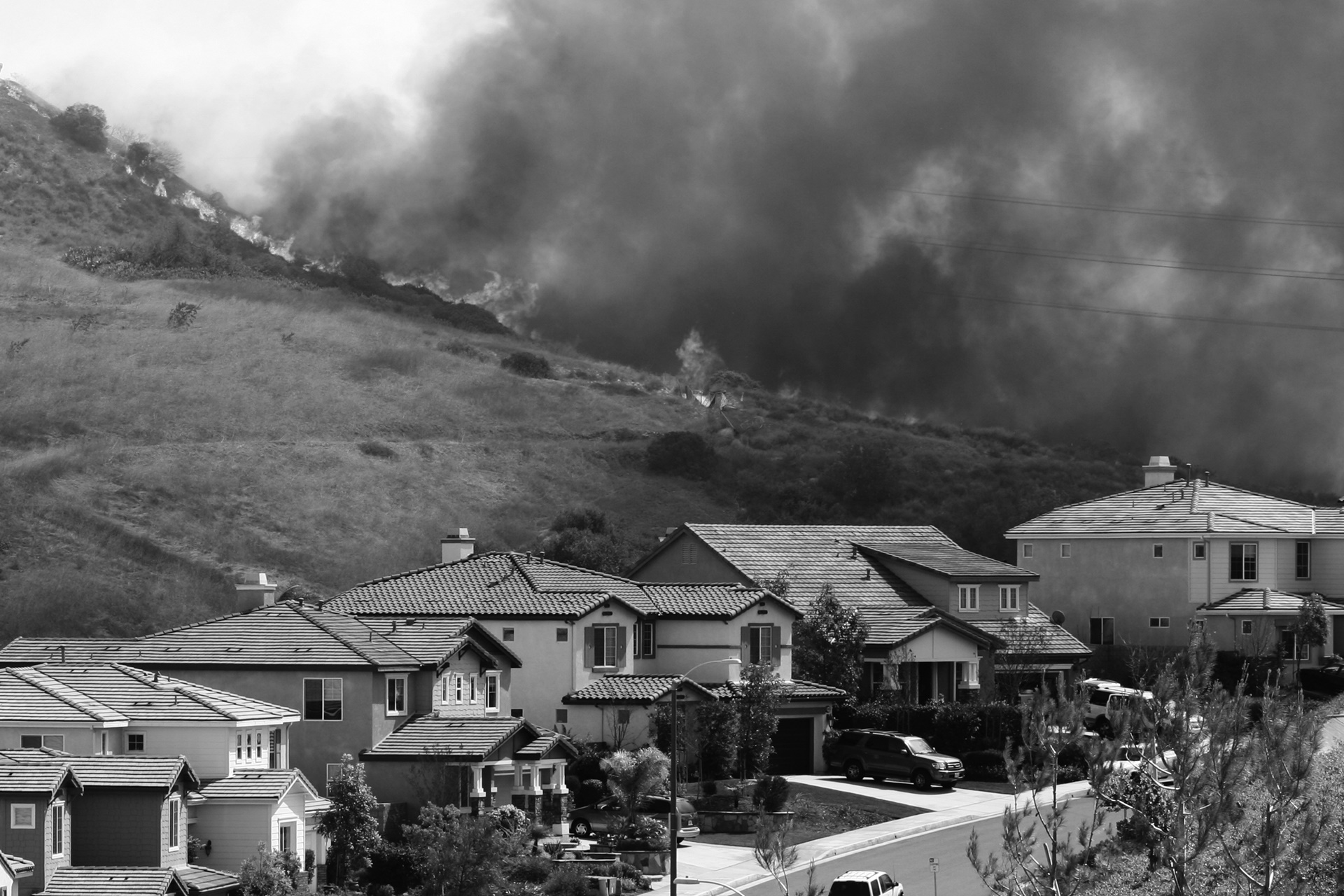As a state-mandated insurance program for residential property, farms and businesses in areas with a high risk of wildfire, the California FAIR Plan was meant to be a temporary safety net – providing basic fire coverage until traditional property coverage could be obtained. However, as wildfire risk has grown – $40 billion in insured losses since 2017 – and pricing for coverage continues to rise, the FAIR Plan has become a more affordable option for many insureds.
Experts agree that funneling more participants into the plan is not in keeping with the “insurer of last resort” mentality on which it was founded. Still, with recent regulatory changes and an ongoing hard property market, the FAIR Plan can be the least expensive option available, even though most Californians have access to the same coverage through the traditional, competitive market.
Who and What is Covered
The FAIR Plan was initially designed to provide property owners in high-risk areas with a base policy covering damages from fire, lightning, smoke, and internal explosions. The FAIR Plan is not a government-funded agency nor is it funded with taxpayer dollars. Instead, insurers licensed to write or engaged in writing basic property insurance on a direct basis are members of the plan and the FAIR Plan issues policies on behalf of its member companies.
Coverage is available for the following dwellings:
- Owner-Occupied: One- to four-unit dwellings in which the owner lives in at least one of the units
- Seasonal Rental: Dwellings that are rented for less than one year
- Rentals: One- to four-unit dwellings that are rented to a tenant for a period of at least one year
- Condominium Owners: Personal property and improvement for a condominium unit owner
FAIR Plan commercial fire policies are also available for:
- Habitational buildings with five or more units, including apartment buildings, hotels, motels, etc.
- Retail shops
- Manufacturing companies
- Office buildings
- Buildings under construction from the ground up (both residential and commercial)
- Farms and wineries (coverage does not include crops and livestock)
And, for anyone with a FAIR Plan dwelling policy, earthquake coverage may be purchased for:
- One- to four-unit residential dwellings
- Mobile and manufactured homes
- Condominiums (for help repairing interior walls, flooring, fixtures, and windows)
- Renters (protection for personal belongings and cost of living elsewhere during repairs)
Recent Changes and Market Implications
As a named peril policy, coverage under the FAIR Plan is provided only for those damages caused by the specific event listed in the policy, including fire and vandalism.
At the same time, the state has ordered increases in coverage limits and required that the plan offer no-fee options for monthly payment plans and premiums paid by credit card or electronic transfer of funds.
In 2021, higher deductible options ($15,000 and $20,000), extended dwelling coverage of 25% (not to exceed $3 million), and increased fair rental value limits were also added. And, most recently, coverage limits on commercial policies more than doubled – potentially increasing to $20 million per location later this year.
With most admitted carriers exiting the market as a result of increasing risk and rising construction costs, more and more property owners are unable to purchase fire insurance. Policies under the FAIR Plan have more than doubled since 2018 and rates are increasing as the risk pool skews further toward higher risk.
How Amwins Can Help
The need for sustainable market solutions that address increasing risks and costs associated with high-risk areas is clear. At Amwins, our team of property experts works with specialty insurers every day.
We understand the importance of accurate property valuations and how the differences between replacement cost and actual cash value can impact your client’s coverage. We work with you to place supplemental coverage – flood, quake, liability, etc. – and ensure that your client’s property is safeguarded in the event of a loss.
In today’s market, it’s important for property owners in California to understand not only the basics of what the FAIR Plan does and does not cover, but what their options are when it comes to protecting their property. Partnering with a wholesale insurer like Amwins can help.


